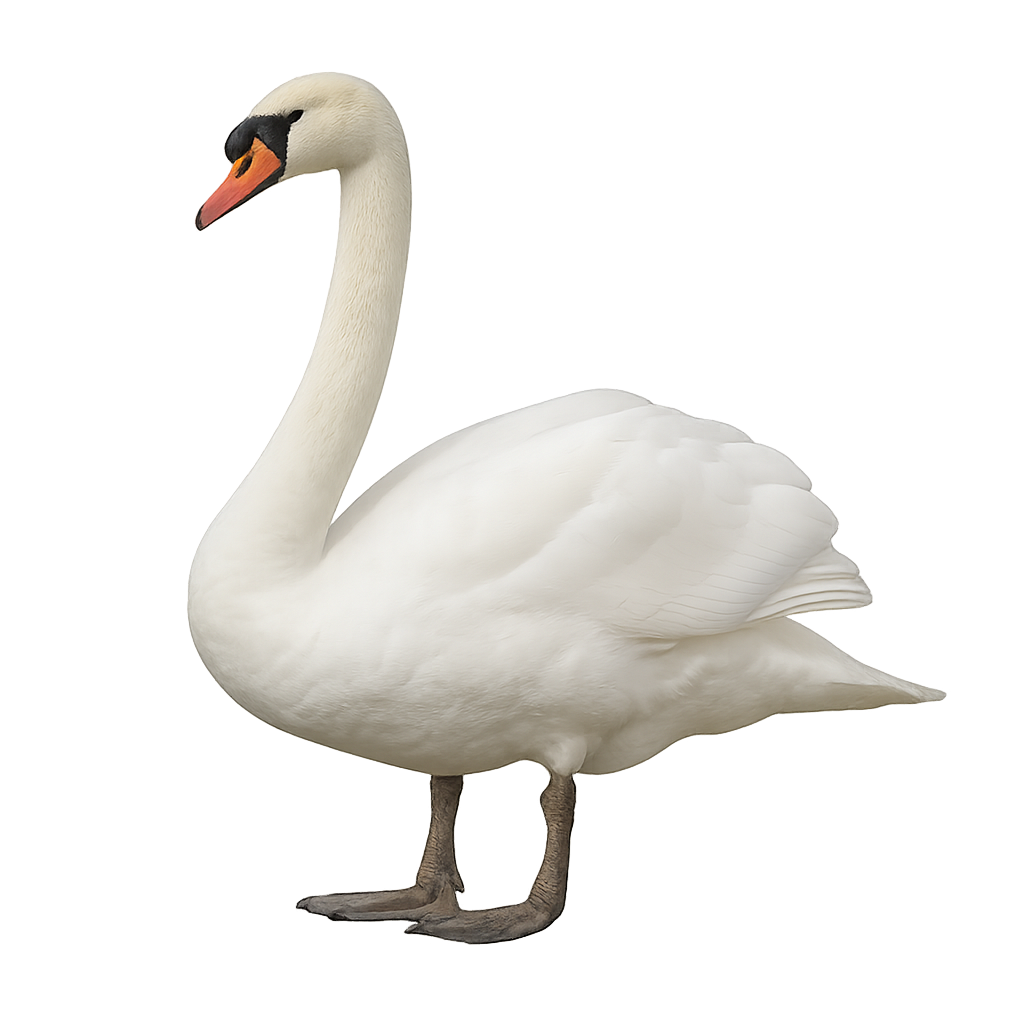Your wildlife photography guide.
Explore the mute swan in detail, study its behavior, prepare your shots.
Where to observe and photograph the mute swan in the wild
Learn where and when to spot the mute swan in the wild, how to identify the species based on distinctive features, and what natural environments it inhabits. The WildlifePhotographer app offers tailored photography tips that reflect the mute swan’s behavior, helping you capture better wildlife images. Explore the full species profile for key information including description, habitat, active periods, and approach techniques.
Mute swan
Scientific name: Cygnus olor

IUCN Status: Least Concern
Family: ANATIDAE
Group: Birds
Sensitivity to human approach: Somewhat shy
Minimum approach distance: 10 m
Courtship display: March to May
Incubation: 35-41 jours
Hatchings: April to June
Habitat:
Lakes, rivers, ponds
Activity period :
Primarily active during the day, with peak activity in the morning and late afternoon.
Identification and description:
The mute swan is a large waterbird found in lakes, rivers, and ponds across Europe and Asia. It is easily recognized by its bright white plumage, long graceful neck, and the black knob on its beak. This bird is known for its majestic flight and territorial behavior, especially when protecting its territory or young. Mute swans primarily feed on aquatic vegetation but can also eat small invertebrates.
Recommended lens:
100 mm – adjust based on distance, desired framing (portrait or habitat), and approach conditions.
Photography tips:
Photograph the mute swan using a telephoto lens to capture its majesty in flight or during its courtship display. It is best to photograph early in the morning or late in the afternoon when the light is soft and the bird is more active. Be patient and ready to capture moments of interaction, especially when it is protecting its territory or young.
The WildlifePhotographer App is coming soon!
Be the first to explore the best nature spots, track rutting seasons, log your observations, and observe more wildlife.
Already 1 432 wildlife lovers subscribed worldwide

